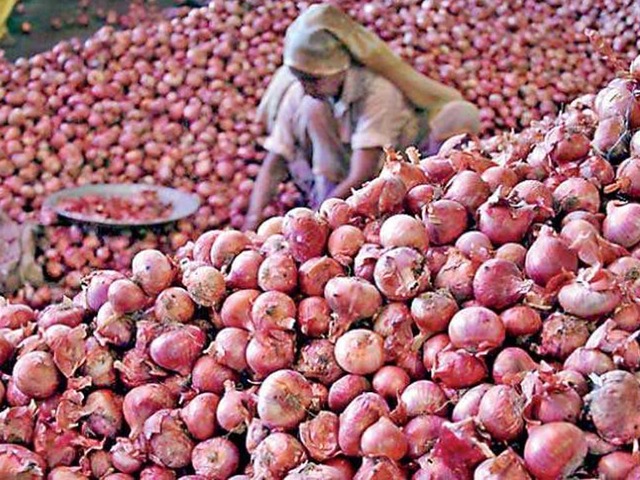ISLAMABAD: Pakistan has fixed its onion production target at 2.78 million tons for the 2025-26 crop year, with cultivation planned over 168,000 hectares across the country. The new target reflects the government’s aim to build on the strong output achieved in the ongoing season.
According to official data available with Wealth Pakistan, during 2024-25, national onion production rose sharply by 19.2 percent, reaching 2.747 million tons compared to 2.3046 million tons a year earlier. The cultivated area also recorded a notable increase of 16.8 percent, expanding from 142,500 hectares to 166,400 hectares, according to a document of the Ministry of National Food Security and Research.
Onion is Pakistan’s second major vegetable crop after potato, with annual consumption estimated between 1.6 and 1.8 million tons. It remains an essential ingredient for household cooking throughout the year, widely used in soups, gravies, seasonings and other food preparations.
Under the new production plan for 2025-26, Sindh has been assigned the largest share with a target of 956,550 tons from 60,000 hectares. Balochistan follows closely with a target of 884,500 tons from 47,000 hectares, while Punjab aims for 720,000 tons from 49,000 hectares. Khyber Pakhtunkhwa has been given a target of 254,400 tons from 12,000 hectares.
In the ongoing 2024-25 season, Punjab emerged as the key contributor to national growth. Its output surged by 92.4 percent to 914,000 tons, driven by a significant expansion in cultivated area from 29,000 hectares to 52,000 hectares—an increase of 79.3 percent. This rise also lifted the province’s yield by 7.3 percent, from 16,379 kg per hectare to 17,577 kg per hectare.
Sindh, traditionally a major onion-producing region, recorded marginal growth. Its production increased by 1.5 percent to 783,200 tons, while cultivated area rose slightly by 1.4 percent to 57,900 hectares. Yield remained steady, dipping only 0.1 percent to 13,527 kg per hectare.
Balochistan posted a 3.9 percent improvement in production, reaching 885,400 tons, supported by a 3.7 percent rise in cultivated area to 47,100 hectares. The province’s yield also inched up by 0.1 percent to 18,798 kg per hectare.


